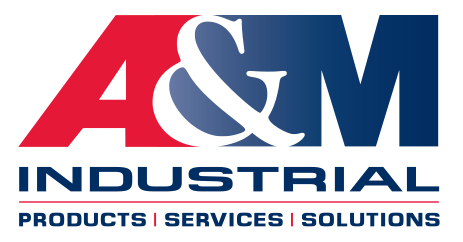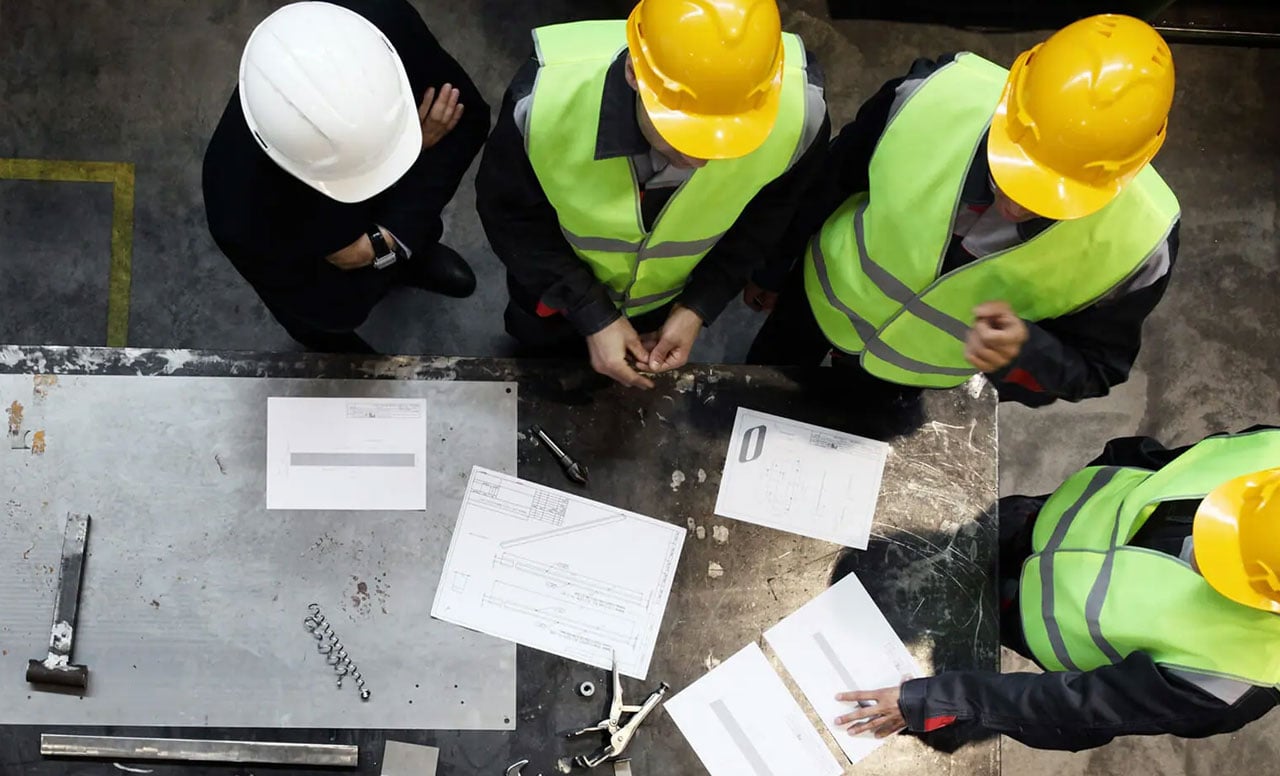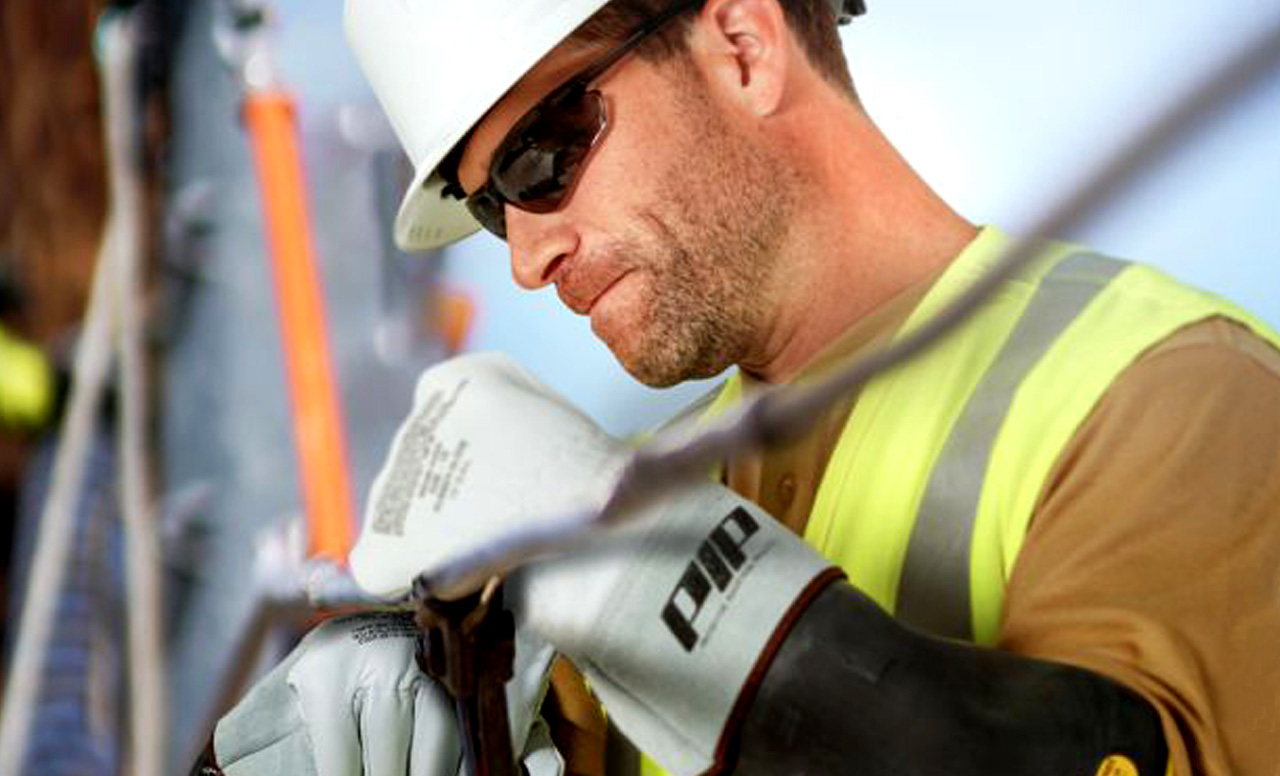Safety 101: What Should Be Stored in a Flammable Safety Cabinet?
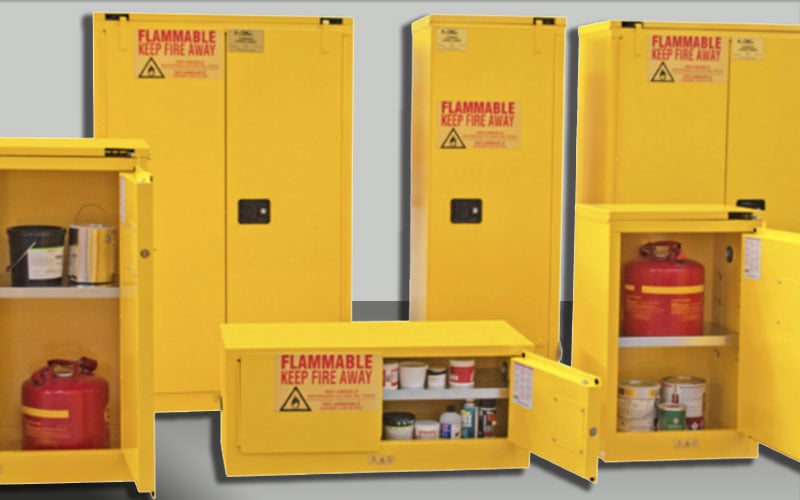
Flammable safety cabinets are trusty guardians of our potentially dangerous materials. Whether you're a homeowner, a business owner, or just someone with an interest in safety, this blog post will help you understand what you should store in a flammable safety cabinet. So, let's get started!
What Should Be Stored In A Safety Cabinet?
1. Flammable Liquids: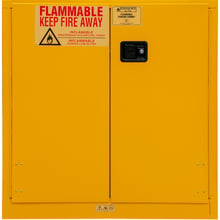
Okay, let's start with the obvious. Flammable safety cabinets are primarily designed to store flammable liquids and keep them secure from any potential fire hazards. Now, what counts as flammable? Well, it's anything with a flashpoint below 100°F (37.8°C). This includes commonly used substances like gasoline, solvents, paints, alcohol, and certain cleaning agents. Storing these in a flammable safety cabinet not only prevents accidents but also ensures compliance with safety regulations.
2. Combustible Liquids:
Combustible liquids are slightly less flammable but still potentially risky bunch. Combustible liquids have a flashpoint above 100°F (37.8°C) but are still worth keeping in a flammable safety cabinet if they can potentially be exposed to high heat or sparks. These include oils, lubricants, some chemicals, and even cooking oils in commercial kitchens.
3. Aerosol Cans: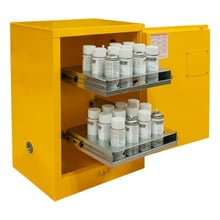
From air fresheners to hairspray, these handy little cans can be found in most households. While they may not seem like a big threat, some aerosol cans contain flammable propellants. Storing aerosols in a flammable safety cabinet can help you to avoid any explosive surprises, and is especially recommended with aerosol spray paints and some spray-on lubricants.
4. Hazardous Chemicals:
If you're in an industry that deals with hazardous chemicals, then a flammable safety cabinet is a must-have. Chemicals like acids, corrosives, pesticides, and even certain laboratory reagents can pose a serious risk if not stored properly. Keeping them locked away in a flammable safety cabinet ensures the safety of everyone around and maintains compliance with safety standards.
5. Other Flammable Objects:
As the saying goes, "better safe than sorry!" Apart from the obvious candidates, there are a few other items that should find their place in a flammable safety cabinet. This includes flammable waste, used rags soaked in chemicals, oily or greasy materials, and any other items that could potentially ignite when exposed to sparks or heat and start a fire. Remember, it's always best to err on the side of caution when it comes to safety.
Should flammable Safety cabinets have vents?
The need for vents in flammable safety cabinets depends on the specific regulations and guidelines in your region. In some cases, vents may be required to ensure proper ventilation and prevent the buildup of flammable vapors. However, in other cases, vents may not be recommended to maintain the integrity of the cabinet and prevent the spread of fire. While the National Fire Protection Agency (NFPA) does not require safety cabinets to be vented, you might still find that either your state, county, city or even your building's owner does. It is important to consult local regulations and safety guidelines, as well as the flammable safety cabinet manufacturer's recommendations, to determine whether vents are necessary for your specific flammable safety cabinet.
As an improperly ventilated safety cabinet can increase the risk of susceptibility to fire, it is important to follow manufacturer recommendations and local agency requirements to ensure your flammable safety cabinet is providing optimal protection. Cabinet ventilation can eliminate exposure to odors, toxins, and ignitable gas when opening your flammable safety cabinet doors, and allow for improved air quality should your flammable safety cabinet be situated in a closed room with limited air circulation.
How do you ventilate A flammable safety cabinet?
An engineer with hazardous and/or flammable liquids experience or a fire safety professional can ventilate your cabinet without compromising your safety cabinet’s performance in the event of a fire. It is important that ventilation is done as per your safety cabinet's manufacturer recommendations, and also in accordance with local building codes. Safe ventilation requires more than just removing the bungs from your cabinet – ventilation should include a connection to you facility's exhaust system or be vented outdoors via a blower. Please consult a local professional to ensure your flammable safety cabinet is ventilated properly and to code.
Conclusion:
Whether you're a DIY enthusiast, a business owner, or just someone who values safety, investing in a flammable safety cabinet is a smart move. By doing so, you not only protect yourself and your team but also demonstrate a commitment to safety standards and reducing the risk of fire hazards. Contact the A&M Industrial Safety Team for more information on how to reduce the risk of fire in your facility, or to schedule one of the many safety services we provide. For everything from respirator fit testing to lockout/tagout, from fall protection to ladder safety and inspection, our team can provide and perform the services that help you make your team, and your facility, safer.
